Our surroundings have a powerful effect on how we feel, often more than we realize. The colors we see, the textures we touch, and even the way light filters into a room can influence our mood and stress levels. Thoughtful design isn’t just about aesthetics; it’s about creating spaces that support mental well-being. By choosing elements that evoke calm and comfort, a home can become a sanctuary from everyday pressures. Psychology shows that simple design adjustments, like introducing natural materials, soft lighting, and clutter-free layouts, can help lower anxiety and improve focus. The best part? These choices don’t have to be expensive or complicated. Whether you’re redesigning a single corner or refreshing your entire home, small details can make a big difference in how relaxed and recharged you feel. Here are eight design choices that not only enhance your space but also help soothe the mind and lift the spirit.
1. Choose Calming Colors
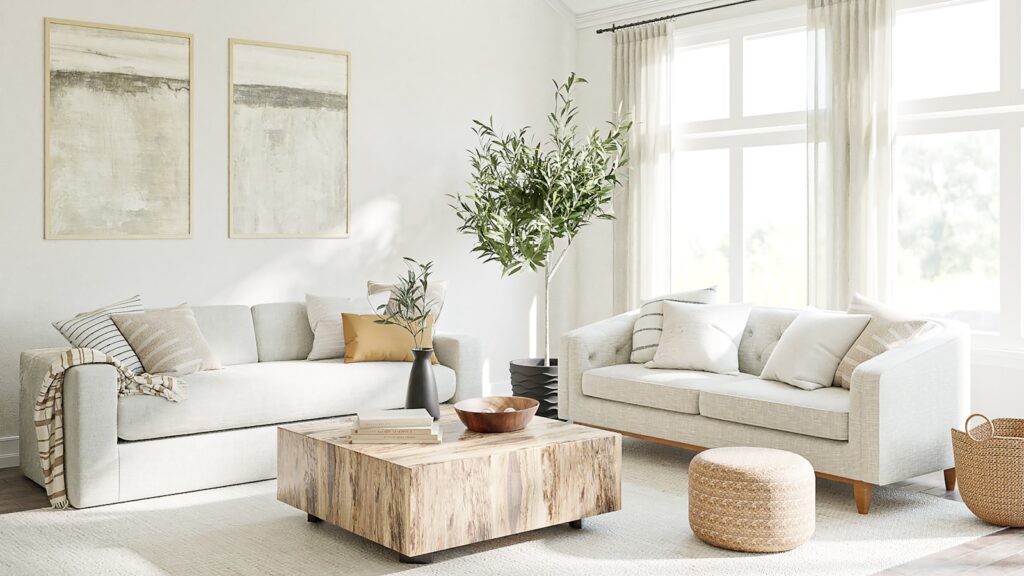
Color has a profound impact on emotions, and selecting the right palette can instantly transform your mood. Soft tones such as blues, greens, and warm neutrals promote relaxation and balance, making them perfect for bedrooms, living areas, and workspaces. These shades mimic nature’s calm, helping the mind slow down after a busy day. Even subtle changes like painting an accent wall or using pastel accessories can create a soothing atmosphere. Avoid overly stimulating colors like bright reds or neon hues in relaxation spaces. Instead, focus on hues that make you feel grounded and at peace the moment you step inside.
2. Let Natural Light In
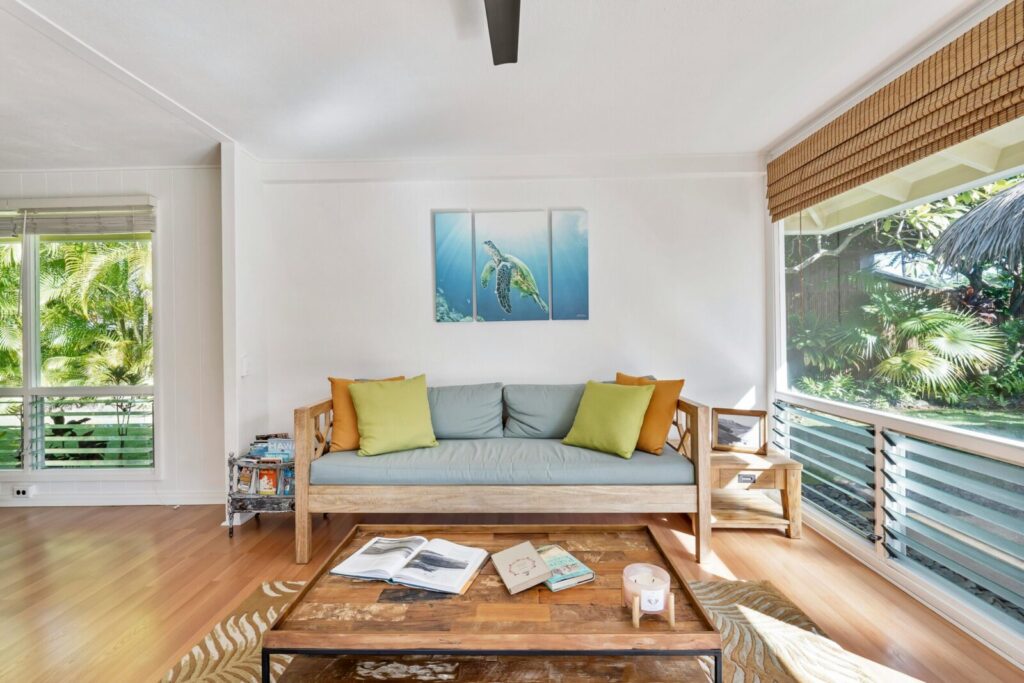
Natural light plays a vital role in reducing stress and enhancing emotional well-being. It helps regulate your body’s circadian rhythm, improves focus, and encourages a positive mood throughout the day. Open your curtains or blinds during the morning to let in sunlight, or consider using sheer drapes that filter brightness without blocking it completely. Mirrors strategically placed near windows can help maximize natural illumination and make rooms feel more open. If sunlight is limited, try daylight-mimicking LED bulbs to maintain a warm and energizing glow. A bright and airy space can instantly make you feel more refreshed and uplifted.
3. Incorporate Nature Indoors
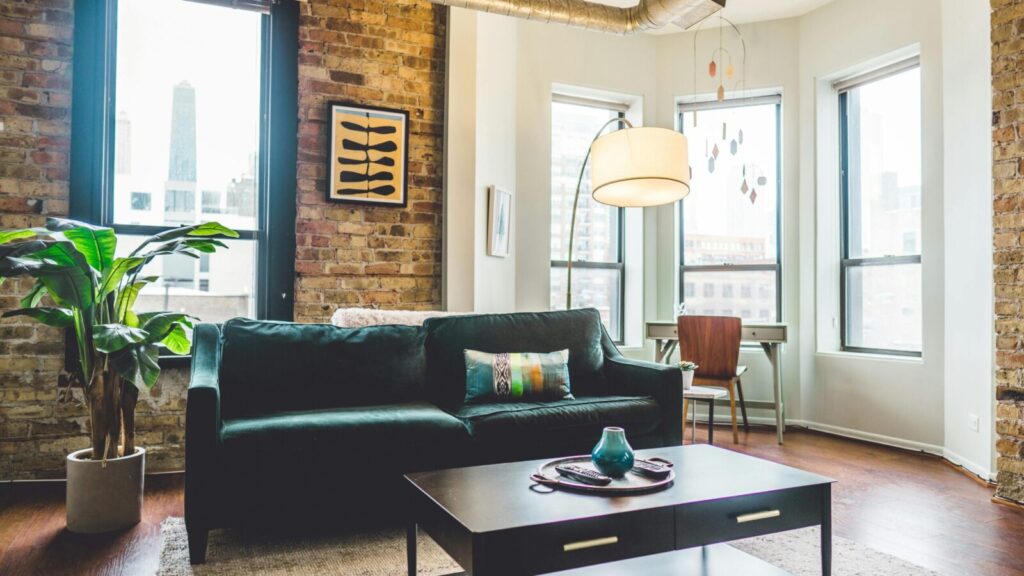
Bringing nature inside creates an immediate sense of calm and connection to the outdoors. Indoor plants purify the air, reduce tension, and bring life to dull spaces. Whether it’s a low-maintenance succulent, a hanging fern, or a vase of fresh flowers, greenery naturally softens the atmosphere and enhances well-being. You can also incorporate natural materials like wood, stone, and bamboo to achieve a grounding effect. If you don’t have time to maintain real plants, high-quality faux greenery or nature-inspired artwork can provide a similar soothing presence. The more organic elements you include, the more peaceful your space will feel.
4. Declutter and Simplify

Clutter is one of the biggest triggers of stress in a home environment. When your surroundings are chaotic, your mind often feels the same way. Decluttering allows you to focus, breathe, and appreciate your space again. Start small by organizing one area at a time and removing items that no longer serve a purpose. Storage baskets, floating shelves, and hidden drawers can keep essentials tidy without sacrificing style. Minimalist design encourages intentional living, where every piece has meaning. A simplified environment promotes mental clarity, reduces overwhelm, and turns your home into a place of order and calm.
5. Use Soft and Comfortable Textures
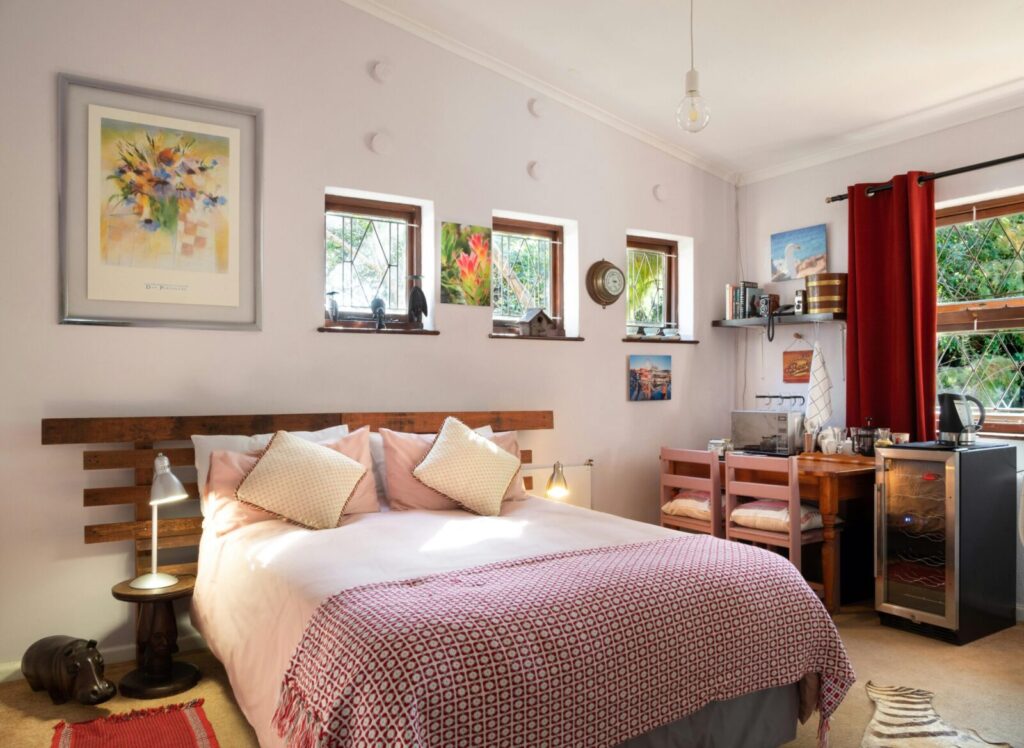
Texture can have a surprisingly deep emotional impact on how relaxed you feel. Soft fabrics like cotton, linen, and velvet invite comfort, while natural fibers such as jute or wool add warmth and character. Layering different materials like a plush throw blanket over a smooth sofa or a cozy rug underfoot creates a sensory experience that soothes tension. Avoid cold or rigid materials in spaces meant for rest, as they can make a room feel unwelcoming. The goal is to create a balance of tactile comfort and visual harmony that encourages you to slow down and unwind.
6. Add Personal Touches
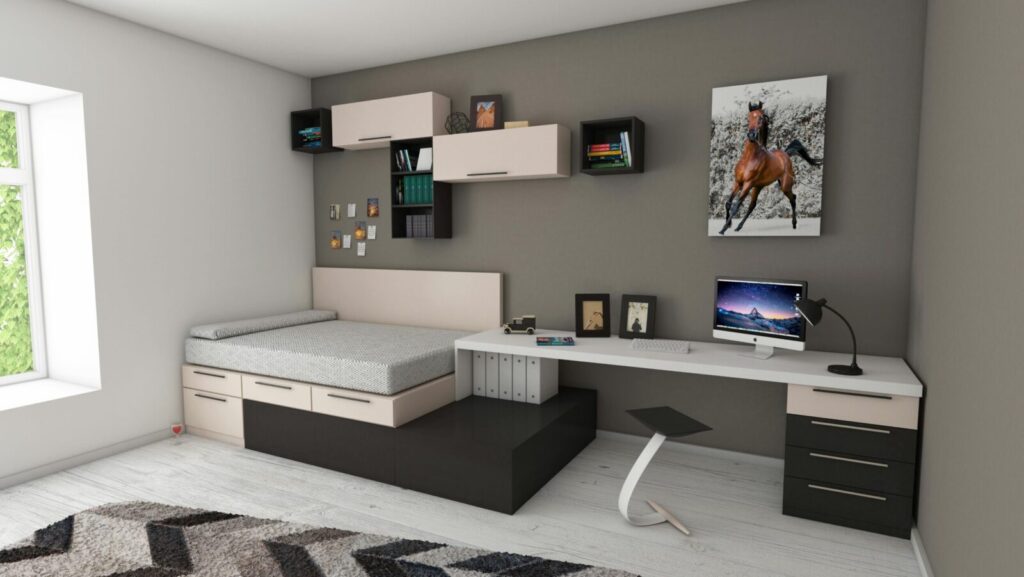
A space that reflects your personality can significantly reduce stress and increase feelings of belonging. Displaying items that carry meaning, like family photos, travel souvenirs, or art pieces you love that creates emotional comfort and connection. Personal touches make a house feel like a true home. The key is to curate carefully; too many decorations can lead to clutter. Instead, choose a few cherished items that bring happiness and tell your story. When your surroundings reflect who you are and what you value, it fosters a sense of grounding and emotional security that nurtures inner peace.
7. Create a Cozy Lighting Scheme
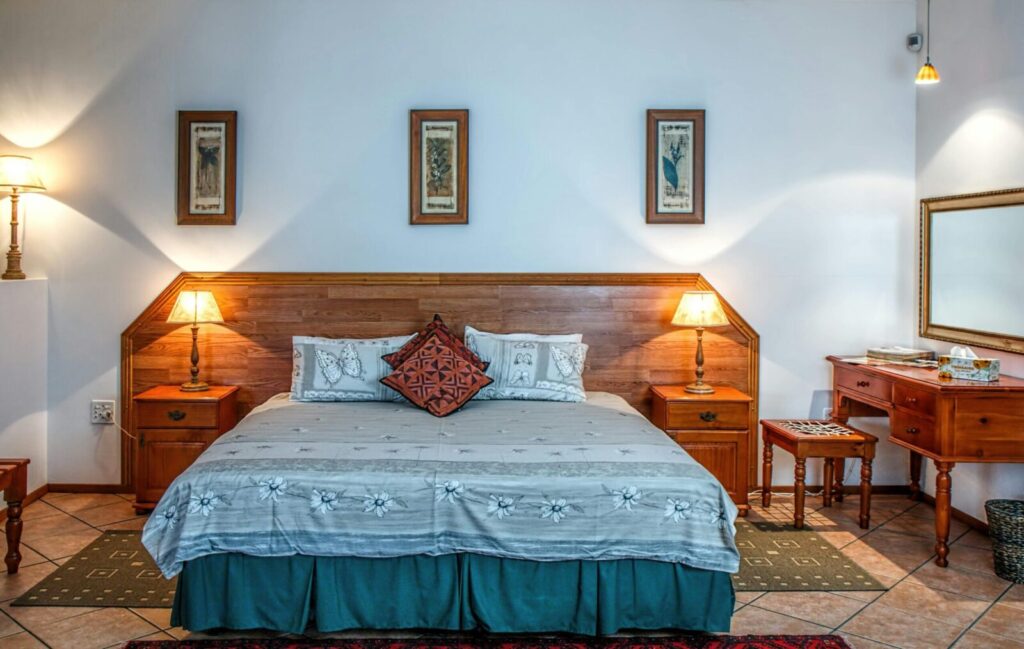
Lighting sets the tone for any room, influencing both mood and energy levels. Instead of relying solely on harsh overhead lights, try layering different light sources like lamps, wall sconces, and candles. Warm, dimmable lighting encourages relaxation and comfort, while cooler light works well in task-oriented spaces like kitchens or offices. The soft glow of ambient light can mimic the peacefulness of a sunset, signaling to your brain that it’s time to unwind. Adding string lights or candles can also introduce warmth and charm. The right lighting balance transforms your space into a peaceful retreat.
8. Design a Mindful Corner
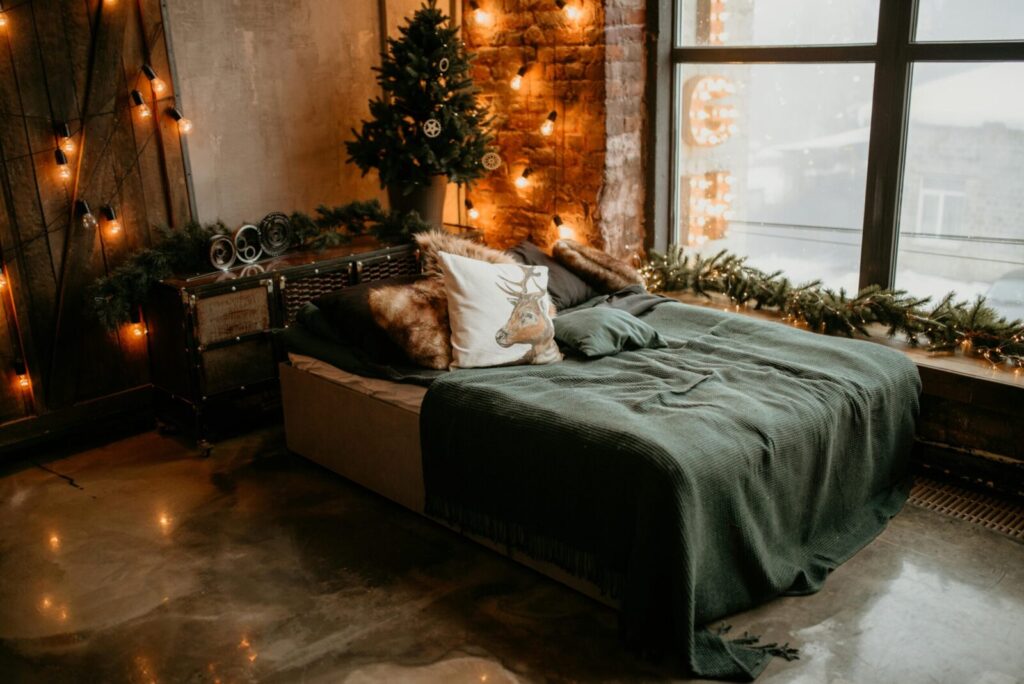
Having a dedicated space for mindfulness can work wonders for stress relief. It doesn’t have to be large, just like a cozy corner where you can read, meditate, or reflect. Include calming elements such as a comfortable chair, a small table, and a scented candle or diffuser. Incorporate textures, colors, and decor that bring you comfort and focus. This intentional spot serves as a daily reminder to pause and breathe amidst life’s busyness. By creating a space devoted to quiet moments, you nurture self-awareness, balance, and relaxation, turning your home into a true haven for emotional well-being.
Comments